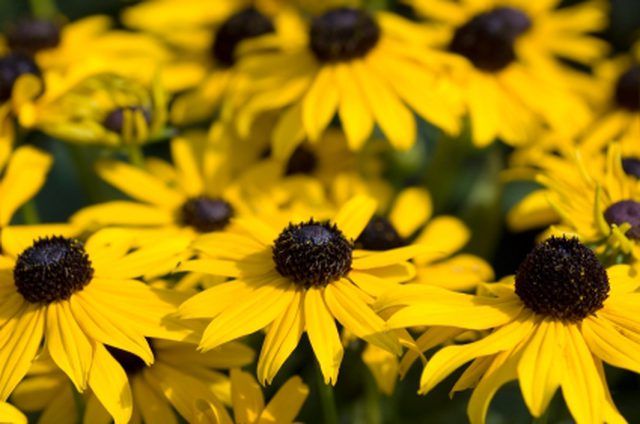Bulbs
Flower Basics
Flower Beds & Specialty Gardens
Flower Garden
Garden Furniture
Garden Gnomes
Garden Seeds
Garden Sheds
Garden Statues
Garden Tools & Supplies
Gardening Basics
Green & Organic
Groundcovers & Vines
Growing Annuals
Growing Basil
Growing Beans
Growing Berries
Growing Blueberries
Growing Cactus
Growing Corn
Growing Cotton
Growing Edibles
Growing Flowers
Growing Garlic
Growing Grapes
Growing Grass
Growing Herbs
Growing Jasmine
Growing Mint
Growing Mushrooms
Orchids
Growing Peanuts
Growing Perennials
Growing Plants
Growing Rosemary
Growing Roses
Growing Strawberries
Growing Sunflowers
Growing Thyme
Growing Tomatoes
Growing Tulips
Growing Vegetables
Herb Basics
Herb Garden
Indoor Growing
Landscaping Basics
Landscaping Patios
Landscaping Plants
Landscaping Shrubs
Landscaping Trees
Landscaping Walks & Pathways
Lawn Basics
Lawn Maintenance
Lawn Mowers
Lawn Ornaments
Lawn Planting
Lawn Tools
Outdoor Growing
Overall Landscape Planning
Pests, Weeds & Problems
Plant Basics
Rock Garden
Rose Garden
Shrubs
Soil
Specialty Gardens
Trees
Vegetable Garden
Yard Maintenance
How to Plant Black Eyed Susan
How to Plant Black Eyed Susan. The State Flower of Maryland, the black-eyed Susan is a member of the sunflower family. While most varieties of black-eyed Susan stand between 18 and 36 inches tall, some will actually reach a height of 72 inches. These evergreen wildflowers grow well in zones 3 through 9 and bloom from summer through fall. They work...

The State Flower of Maryland, the black-eyed Susan is a member of the sunflower family. While most varieties of black-eyed Susan stand between 18 and 36 inches tall, some will actually reach a height of 72 inches. These evergreen wildflowers grow well in zones 3 through 9 and bloom from summer through fall. They work well as cheerful ground cover, as they spread quickly and their flowers last for a month or more.
Things You'll Need
Black-eyed Susan plant(s)
Garden spot with full sun to partial shade
Gardening gloves
Shovel
Plan to plant black-eyed Susans in either the spring or fall.
Start black-eyed Susan plants from seeds or propagate by dividing them. If you plant seeds directly into the soil just after the last frost, they may actually bloom during their first year. You can divide and transplant existing black-eyed Susan once the plants are a couple of years old.
Plant black-eyed Susan in clusters spaced 18- to 24-inches apart in a location that receives full sun to partial shade. If you live in the deep South, partial shade will protect the plant from losing all of its moisture.
Water the black-eyed Susan during dry spells. They require regular watering, but donít overwater or the plants may develop root rot.
Fertilize twice per season for larger, more productive plants. The soil surrounding black-eyed Susan needs no special attention.
Expect your black-eyed Susan to return each year. They are famous for reseeding and spreading quickly.
Tips & Warnings
Divide the black-eyed Susan into three or four plants once they are 2 or 3 years old or they will become too crowded. Crowding will reduce the size of the plants and the number of blooms.